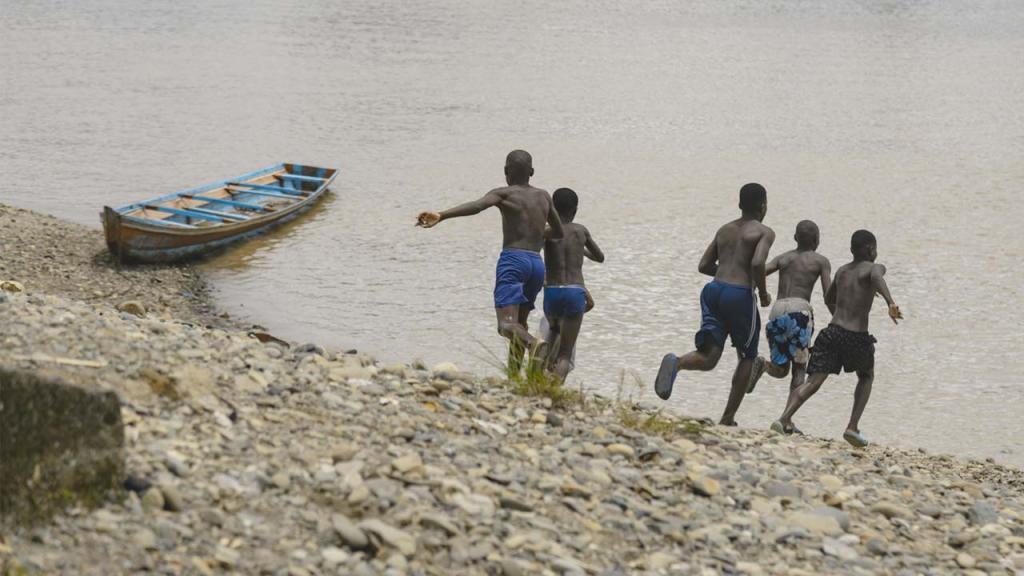
27/11/2019
This is how young people from conflict zones understand peace
Anthropologists from the Universidad de los Andes have been listening to the jungle, the river, and the young people who live along the Atrato River, one of the areas most heavily affected by the conflict. They have collected the sounds of a region to understand, from its perspective, concepts such as peace, justice, and reconciliation.
On the issue of peace, Alejandro Castillejo, professor in the Department of Anthropology (Faculty of Social Sciences) affirms that peace in these areas seems to be a continuation of violence. He refers to what a young person from Buenaventura told him: that there was no doubt that after the peace agreements the life of the people in his area has not changed, and the violence continues to be the same.
“Peace is a difficult to define concept. It could be defined as the reduction of deaths in combat, but in society, the reality is infinitely more complex”, states Castillejo.
Researchers assert that the concept of peace depends on the history of the particular place and specific context. Peace can be understood as an agreement between groups who are fighting against each other on a street corner or as the absence of armed groups; however, in many places it is stained by the continuation of structural violence in places such as Buenaventura.
Justice and reconciliation are concepts that lay far outside these populations’ conceptions; both terms are difficult to believe and are not seen concretely. “These words mean something for organizations, groups of victims, or displaced people, but in conflict areas it is unclear how both objectives can be achieved”, described the professor.

 Art manifestations have been forms of testimony and storytelling.
Art manifestations have been forms of testimony and storytelling. 
Alejandro Castillejo
Researcher
Art to rehabilitate the war
What is certain is that the youngest members of conflict areas are rehabilitating war and peace through art. Castillejo reveals that dance, for example, pulls young people out of violence and situates them in a collective activity.
The team of anthropologists interviewed a professor and a group of students who have spent ten years in Quibdó sharing spaces for people to express themselves through dance as well as groups of rappers who have been giving their reality a new meaning. These are important spaces even if the teacher earns absolutely no money for the activity or if the classes are only classes and do not lead to anything else.
Castillejo said that “Art has provided ways of documenting and telling stories that help to rehabilitate the world and the war. These expressions have been really important for survival in moments of conflict as well as in this transition that we are currently going through”.
According to researchers, the country’s big challenge in terms of peace lies in small-scale efforts and the possibility that these lead to people returning to live in the areas affected by violence.
Going to the areas, living in them, listening to people, and collectively constructing long-term projects is key. It is also important to understand peace as a plural experience that is built from below for the future to be a possibility.
*These results are part of the research project “Relatos del Futuro” and the “Changing the Story” initiative from the University of Leeds in the United Kingdom. This is a multidisciplinary project that supports the construction of inclusive societies with young people in five countries that are in a post-conflict situation. This year, the Universidad de los Andes will host the event: “Third International Conference for Critical Studies of Political Transitions: Small-Scale Peace”.

Share







